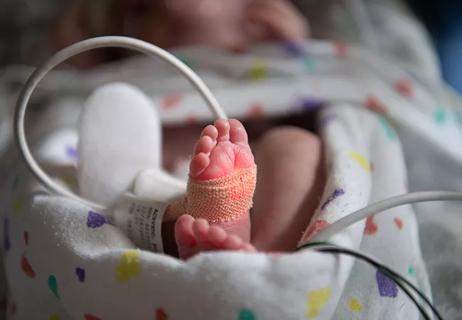
Following an international call for proposals, experts ranked the following proposals

Specialized clinic provides comprehensive care for pediatric patients with a high-risk history

Target levels of oxygen saturation might only be achieved around one-third of the day, according to available literature

Levels of volatile organic compounds differ between preterm and full-term infants
Advertisement
Cleveland Clinic is a non-profit academic medical center. Advertising on our site helps support our mission. We do not endorse non-Cleveland Clinic products or services. Policy

Is it time to innovate?

Home weight monitoring in healthy newborn infants is feasible

Study underscores the magnitude of stroke in pediatric ECMO patients

A randomized controlled trial examines cardiac hemodynamic effects at 30 versus 120 seconds in full-term infants

The Chair of Neonatology discusses findings from large epidemiological study

Epidemiological studies lay the groundwork for future clinical investigations
Advertisement
Advertisement